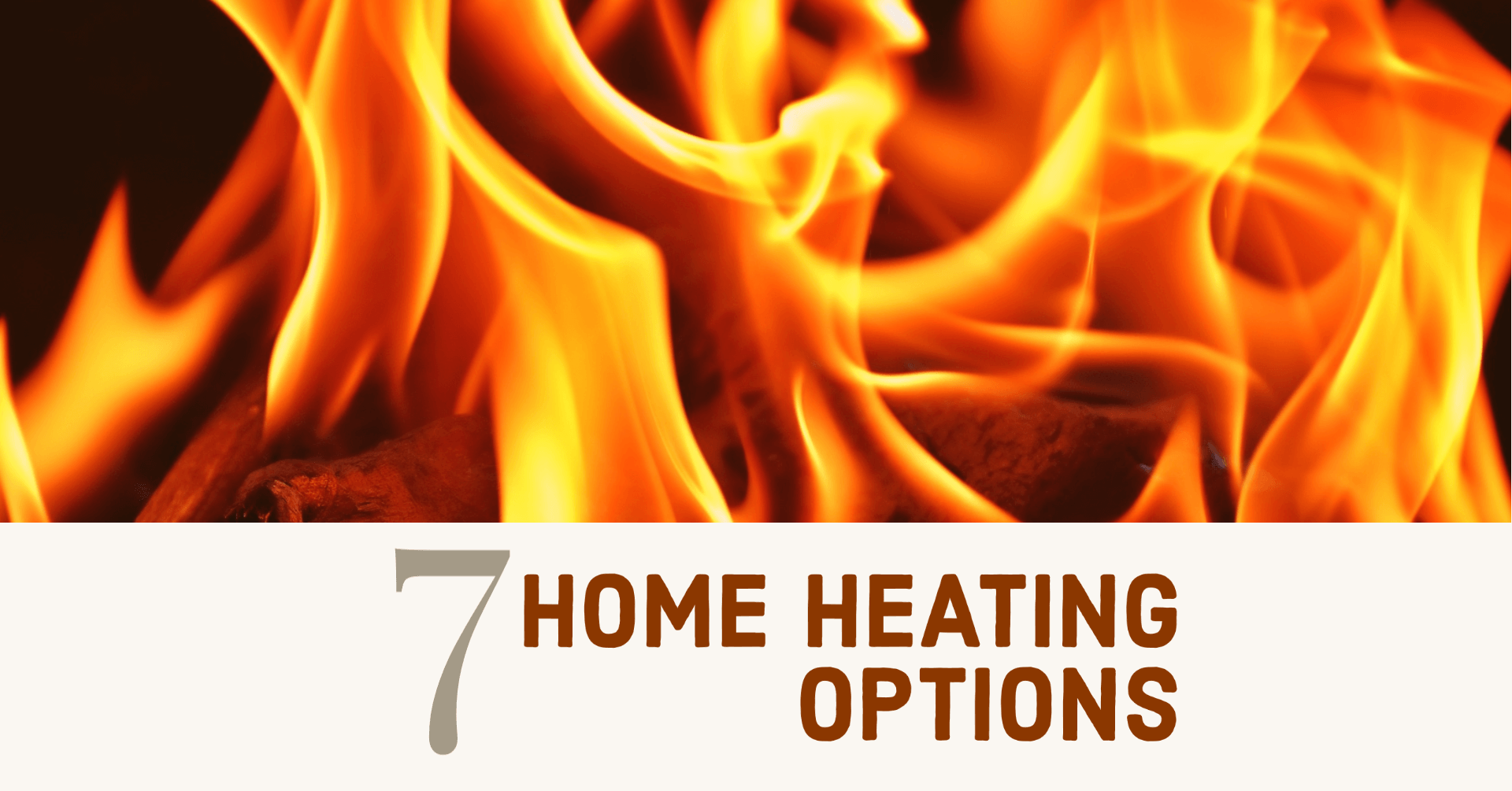It’s here! The cold weather is finally here in Kansas City! Are you the type of person that turns on the heat as soon as you see the first leaf turning, or are you the holdout type that shivers through the new blustery temps, wrapping yourself in wool blankets, determined not to address your heat for as long as possible? Whatever type you are, we all do need some sort of heating system in our homes, so let’s look at what all of the options are! We will examine 7 different types of heating for homes.
1. Boilers
Boilers create hot water or steam in a central area of the home, and then distribute it by sending it through pipes to provide heating throughout the home. This allows zoned heating, but a downside is the higher cost of installation and expense of running it.
2. Radiant Heating
Radiant heat can be generated by electricity, gas, propane, or oil, and sends either hot water or electric heat through tubing in floors (and occasionally walls or ceilings). It creates a particularly cozy type of heat while eliminating the dreaded bare feet on a cold floor dilemma so many of us face in winter! This type of system can last a long time, but repairs can be difficult and costly if a problem does pop up.
3. Furnace
A furnace is a forced air distribution system where air is forced through a series of ducts. It is usually powered with gas, but electricity, propane, and oil can all be used as well. They are very popular because the ductwork used is the same as your air conditioning uses in the summer.
4. Heat Pump
Heat pumps play dual roles by being able to both heat or cool a home. They work best in moderate climates that don’t typically get freezing (or below freezing) temperatures because they use refrigerant and electricity to transfer heat – they don’t generate their own heat like a furnace does. Because of this, they are much more efficient than other forms of heating, but if you do live in a colder climate, you will need to consider adding a second form of heat for when those temps dip down below 32.
5. Hybrid Heating
Bringing the best of both worlds together with a heat pump and furnace combo, we have Hybrid Heating. In milder weather, you will still just be utilizing the heat pump, but once the weather gets more frigid, the furnace will take over. While the initial cost is higher than other options, the energy efficiency is a big payoff, plus there is less wear and tear on both units since you aren’t relying on just one system. So that can save money on maintenance and repairs.
6. Ductless Mini-Splits
If you have a larger home or an addition without ductwork, ductless mini-split units can be a great choice. They get rid of the need for a lot of air ducts and allow you to create separate HVAC zones, each with their own thermostat.
7. Baseboard Heating
Baseboard heating comes in electric or hydronic (hot water). Electric baseboard units offer 100% efficiency, meaning that all of the electricity consumed is used to make heat. The downside is that they can get very hot, and if anything flammable is near them, they can become a fire hazard. This can also be quite dangerous for families with small children. Hot water baseboard heaters however, operate at much lower temperatures.
So there you have it! It’s great to have choices, and the best choice will depend on your particular house and lifestyle. We’d be happy to help you determine which option is best for you, just give us a call!




